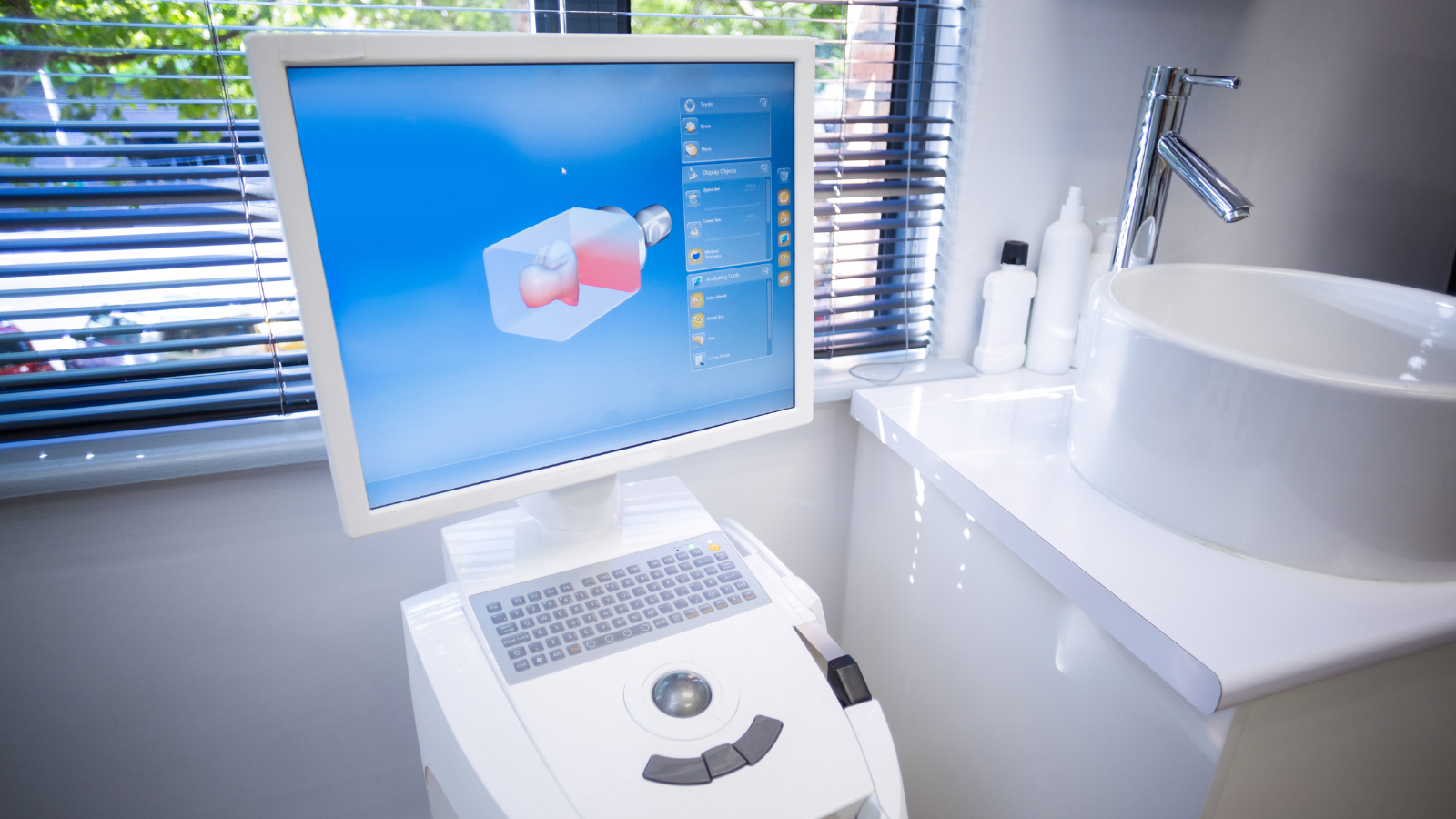
How Technology Has Transformed The Orthodontic Experience
By Dr. Emily Watson
It is incredible to look at technology and how quickly it advances and evaluate how it affects nearly all aspects of our lives. At one time making a phone call meant going to your home, office, or a pay phone and pressing or dialing numbers. Then along came cell phones and you could make a call from nearly anywhere. Perhaps you were just getting accustomed to your flip phone when smartphones appeared.
The world of orthodontics is no different. One of the challenges we practitioners face is staying up-to-date and knowledgeable on the technology that is available in our field. Among the things that patients may have noticed over the years is that two-dimensional X-rays have been replaced with 3D images, the process for making molds of your bite has evolved to a 3D intraoral scanner, and patient charts on paper have given way to electronic charts. The latest technology available is now going to include AI (artificial intelligence).
Maybe, though, even if you’ve encountered it, the technology is still something of a mystery. If so, let me discuss some of the technology we put to use here at Warsaw Orthodontics and the ways in which it helps us and our patients.
- ICAT-Flx X-ray. Previously, X-rays were two-dimensional images with higher radiation doses. In order to get the images we needed, two separate X-rays had to be taken. With 3D X-rays, we can see the teeth and jaws in all three dimensions. These images are more accurate than the previous X-rays as there is no distortion or overlap of structures. It only takes 4.8 seconds to get the image so it is faster than obtaining a 2D image and there is much less radiation. Not only do we use these X-rays to look at a patient’s teeth and jaws, but we also use the image to evaluate their airway. With regards to teeth, these images allow us to know exactly where an impacted tooth might be so we can develop a better treatment plan for how to get teeth into the correct position.
- iTero Scanners. Maybe at some point, you had an impression of your teeth made, and to accomplish that your practitioner put a special putty into a tray that then fit into your mouth. You would bite down and wait a few minutes for the putty to set and harden. The tray then would be removed and, voila, there was an impression of your mouth. Now we can accomplish that impression with an iTero scanner that creates a digital impression that is much more accurate than the old model. That means a patient’s Invisalign trays, expander, or retainer will fit much better. The process of scanning the teeth is also much more comfortable for the patient.
- 3D Printers. For any appliances we make, we send a digital file of the scan we took to a lab. This file can be sent to either our own lab or an outside lab. The lab takes the file and uses a 3D printer to fabricate the appliance or model needed. We now have two 3D printers running every day in our lab.
- Dental Monitoring. We will soon be using the benefits of AI with Dental Monitoring. This latest technology allows us to monitor a patient’s treatment even more closely and even saves the number of appointments needed in our office. We will be able to keep a closer eye on things like tooth brushing, wearing your elastics, and monitoring when our wires are still working or done working so we can be more efficient with your appointments and visits to our office.
I’m sure we will see other advances as technology continues to evolve, and as each higher stage of development occurs it will be important for orthodontists and other medical professionals to do their best to keep up.
Technology can be fascinating, and when the latest version arrives, for many people it can be like a new toy to play with.
But the technology, of course, is more than that for anyone in the medical profession. Technology helps us provide the best service we can for our patients and allows them to be as comfortable as possible when they come in for procedures that aren’t always comfortable.
With each advancement, we can do things easier, faster, and more accurately––and our patients’ oral health and patient experience is the ultimate beneficiary.
